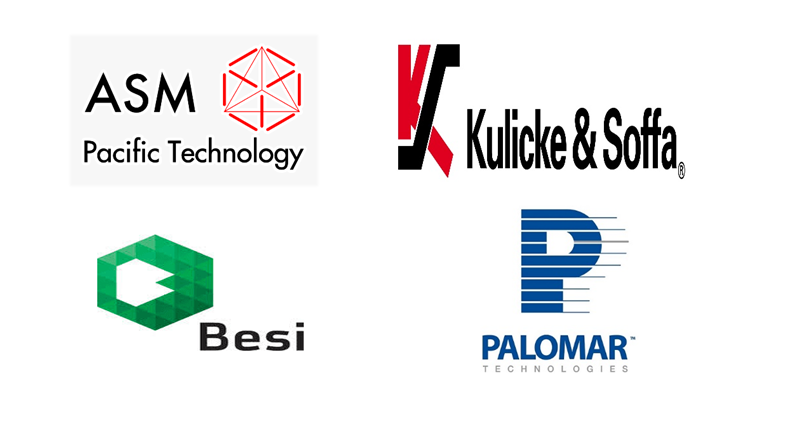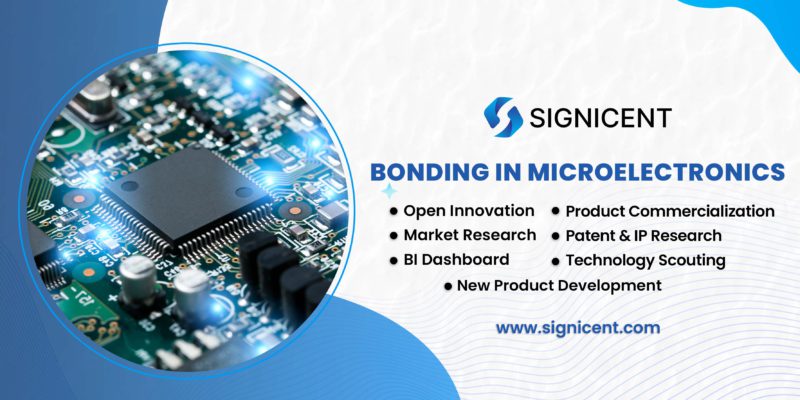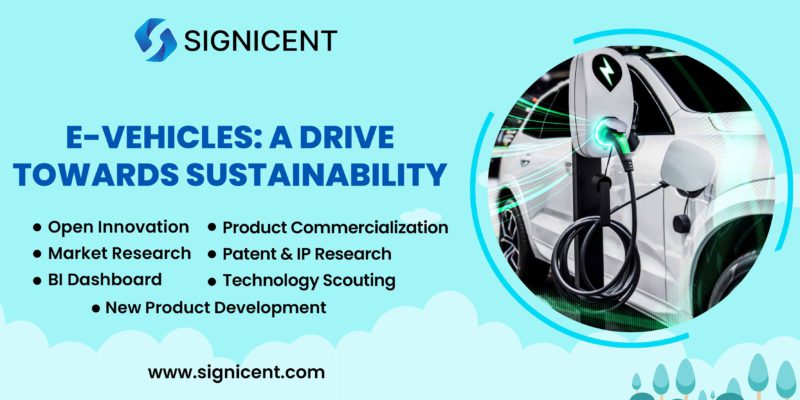The objective of the Microelectronics Report is to explore & analyze the emerging technologies and innovative solutions in the area of “Micro-Electronic Bonding”. The microelectronics report includes the various aspects of technology scouting along with the market trends.
Microelectronics bonding is the semiconductor fabrication by making electrical interconnections with silicon chips using fine wires and other bonding technologies. Chip bonding involves gluing, soldering, or alloying to attach the wafer to the base plate. And in the wire bond method, wires are used to connect the die to the base package.
Challenges
Under this section of the report, the problem statements disclose the challenges associated with microelectronics bonding and semiconductor fabrication, such as:
- Poor thermal conductivity and the aging resistance of gluing cause problems in chip stability.
- Flux residue from metallurgical bonding during the soldering process causes pollution.
- In laser bonding, the bonding surface of the substrate and the cover sheet must be coated with the endothermic agent but it results in uneven heating that leads to the chip warpage.
Innovative Solutions
This section of the microelectronics report will take you through innovative solutions to overcome the challenges associated with microelectronics bonding.
Ultrasonic Soldering Iron
The ability to handle the high-frequency vibration of the ultrasonic soldering iron is a positive aspect as it removes the properties of oxide film, integrating the ultrasonic soldering iron, the chip automation positioning patch, and the cooling process. This improves the production efficiency, soldering quality, performance of the chip, long-time stability at high temperatures, and the problem of pollution due to flux.
Automatic PMMA micro-fluidic chip solvent bonding device
An automatic PMMA microfluidic chip solvent bonding device consists of a container, a lifting and bonding mechanism, a heating device, a translating mechanism, and an electromagnetic chip holder. The substrate carrier board drives the chip substrate to rise and attach to the chip cover. This device helps achieve a fully automated chip, improving production efficiency and chip quality. The automatic PMMA microfluidic chip solvent bonding device requires less time for bonding, barely impacts chip shape and light transmittance, and has good biocompatibility, high bonding strength, and mild bonding conditions.
Each year Signicent provides consultancy to hundreds of organizations to help transform their innovations to value.
Emerging Technologies in Micro-electronic Bonding
In this section of the microelectronics report, advancements happening in the microelectronic bonding market have been discussed comprehensively.
MRSI-S-HVM die bonder
The MRSI-S-HVM is elevated to extreme height with two different modes of accuracies – 0.5 micrometer and 1.5 micrometer. The 0.5-micrometer mode uses a real-time alignment mechanism facilitated by the on-axis z-force bonding to achieve the best possible co-planarity and final accuracy. The features on the bonding surfaces of the carrier and die are aligned for flip-chip bonding. The MRSI-S-HVM die bonder can perform the chip-on-wafer (CoW) process with dies from III-V wafer by picking, placing, and bonding onto a silicon wafer (12 inches) with fine lateral movements. Additionally, it can be applied to chip-on-interposer (CoI) and chip-on-substrate (CoS) as well.
High-resolution 3D X-ray Imaging
ZEISS has introduced a new suite of high-resolution 3D X-ray imaging solutions for failure analysis (FA) of advanced semiconductor packages, including 2.5/3D and fan-out wafer-level packages. It enables rotating a sample and capturing a series of 2D X-ray images from different perspectives, followed by reconstruction of 3D volumes using sophisticated mathematical models and algorithms.
Advanced 980 nm single-mode pump lasers
Lumentum Holdings Inc. unveiled a breakthrough series of advanced 980 nanometers (nm) single-mode pump lasers. The company’s already large family of pump lasers for optical amplification is now expanded by this technology. High-density erbium-doped fiber amplifier (EDFA) designs are made possible with the improved power and efficiency of the new 980 nm pump lasers. The pump lasers employ revolutionary chips based on field-proven, patented, high-reliability technology from Lumentum, yet they have operational power levels ranging from 250 mW to 1600 mW.
High-Power Blue WBC Technology
Panasonic Corporation has successfully exhibited the brightest blue laser in the world. This has been accomplished by employing Wavelength Beam Combining (WBC) technology on a Direct Diode Laser (DDL) in order to produce a high-quality output beam. The WBC technology integrates the beams from various emitters at different wavelengths that are incident on the diffraction grating at corresponding angles at each wavelength. After that, the resonator is formed between the shared partially-transparent mirror and each edge face of the emitters which results in achieving an output beam of 135 watts with a high-quality beam.
Market
The Global Microelectronics Bonding Market is growing at a CAGR of 4.8% and is estimated for two different forecast periods. It is valued at USD 12.01 Bn in 2021 and projected to reach USD 15.18 Bn by 2026. And for the 2028-2030 period, the market is anticipated to reach USD 16.67 Bn to USD 18.31 Bn.
The factors driving the growth of the Microelectronics Bonding Market are:
- Increased demand for high-quality semiconductor ICs for wireless devices.
- Increase in adoption of IoT-based applications.
- An Emerging market for technologies like UHD TVs and hybrid laptops is further expected to propel the demand for semiconductor ICs.
Siemens collaboration with UMC
Siemens Digital Industries Software announced its collaboration with renowned semiconductor foundry United Microelectronics (UMC) to design and execute a new multi-chip 3D integrated circuit (IC) planning, assembly validation, and Parasitic Extraction (PEX) workflow for wafer-on-wafer and chip-on-wafer technologies.
Key Players
In this section of the microelectronics report, the key players aggressively working in microelectronics bonding are mentioned.
According to the research by Signicent professionals, the key market players have been located such as Heraeus, Tanaka, Sumitomo Metal Mining, MK Electron, AMETEK, Doublink Solders, Yantai Zhaojin Kanfort, Tatsuta Electric Wire & Cable, Kangqiang Electronics, The Prince & Izant, Custom Chip Connections, and Yantai Yesdo Electronic Materials.



